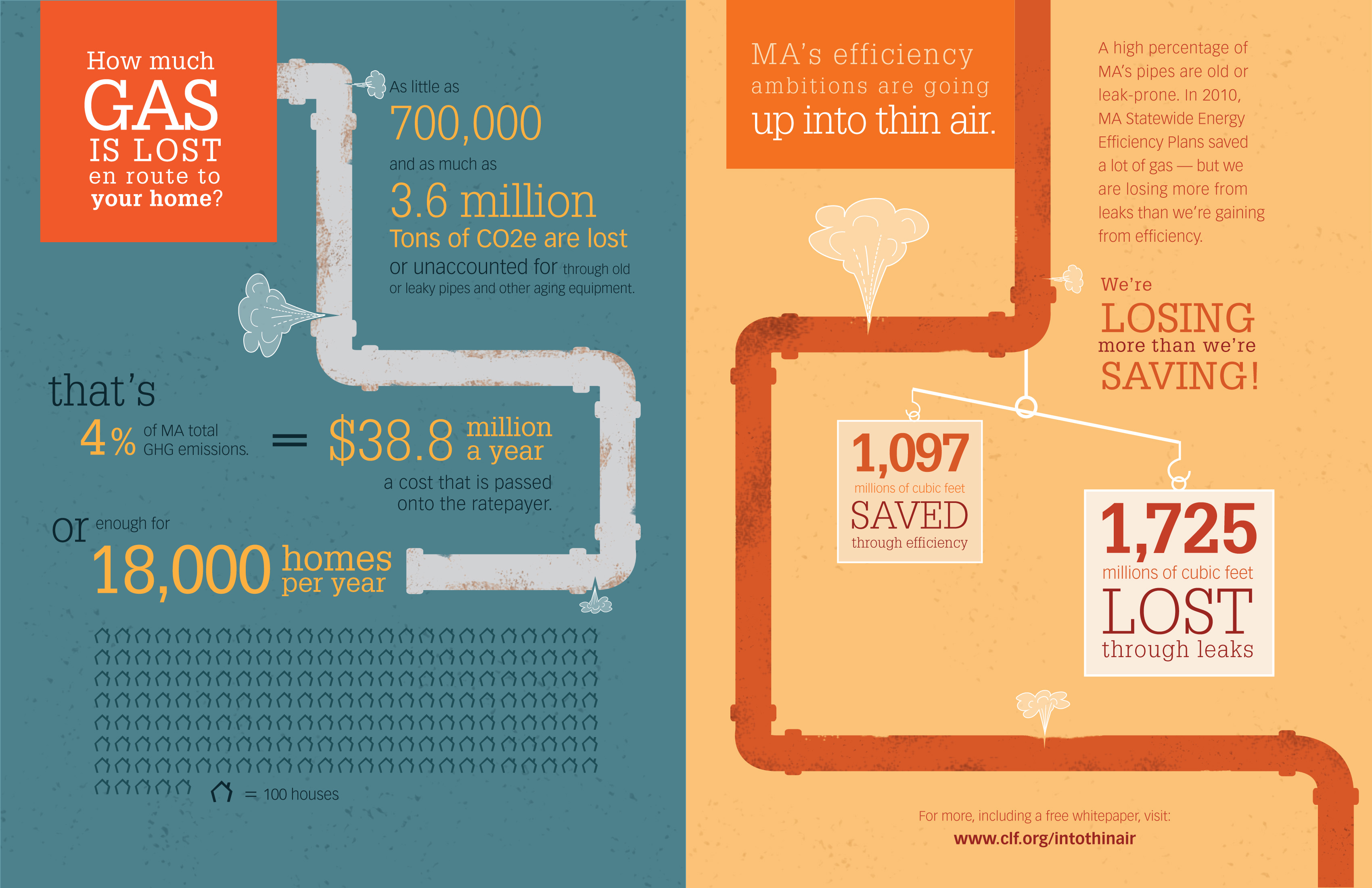Common Roof Setup Errors And Tips For Avoiding Them
Common Roof Setup Errors And Tips For Avoiding Them
Blog Article
Writer-Lee Mark
When you're planning a roof setup, it's simple to overlook vital details that can result in substantial issues down the line. You could be tempted to cut edges on material selection or miss appropriate blinking installation, yet these common blunders can result in pricey repairs later on. Comprehending the significance of air flow and adhering to local building regulations is vital for an effective task. So, what are the essential steps you should require to ensure your roof stands the test of time? Allow's discover some efficient techniques to avoid these pitfalls.
Poor Material Choice
When it involves roofing installment, picking the incorrect products can cause pricey troubles down the line. You could think that any type of roof product will do, but that's an usual misconception. It's critical to pick materials that match your regional climate and the particular needs of your home.
As an example, if you reside in an area with heavy rain or snow, choosing asphalt roof shingles may not be the most effective choice. Rather, think about even more sturdy options like metal or slate.
Additionally, pay attention to the quality of the products you're considering. Cheap materials might save you money upfront, but they frequently lack long life and can result in frequent repair work or replacements.
You ought to also consider the style of your home and guarantee the products you pick will keep its visual appeal.
Lastly, don't fail to remember to seek advice from experts. They can give beneficial understandings and recommend materials that comply with neighborhood building ordinance.
Investing time in appropriate material selection now can aid you avoid frustrations and expenditures in the future, making your roof project a success.
Inadequate Flashing Installment
Picking the ideal materials isn't the only variable that can result in roof problems; poor flashing installment can additionally create significant problems. Flashing is vital for routing water far from prone locations, such as smokeshafts, skylights, and roof valleys. If it's not set up effectively, you risk water breach, which can cause mold growth and structural damages.
When https://www.constructionmagnet.com/metal-roofing-magazine/tips-to-successful-snow-guard-installation mount blinking, ensure it's the best type for your roofing system's design and the local environment. For instance, steel flashing is commonly more resilient than plastic in locations with heavy rain or snow. Make sure the flashing overlaps properly and is protected securely to stop spaces where water can permeate via.
You should likewise pay attention to the setup angle. Blinking should be positioned to route water away from your home, not towards it.
If you're unclear regarding the installation process or the materials required, seek advice from a professional. They can assist determine the most effective flashing options and make certain everything is mounted correctly, guarding your home from possible water damage.
Taking these actions can save you time, cash, and headaches in the future.
Neglecting Ventilation Requirements
While lots of house owners concentrate on the aesthetic and structural elements of roofing installment, disregarding air flow needs can result in significant long-lasting repercussions. Correct air flow is vital for managing temperature level and dampness levels in your attic, stopping issues like mold and mildew development, timber rot, and ice dams. If you do not install sufficient air flow, you're establishing your roof up for failure.
To avoid this error, first, examine your home's details ventilation demands. A well balanced system commonly consists of both consumption and exhaust vents to promote airflow. Guarantee you have actually installed soffit vents along the eaves and ridge vents at the optimal of your roof covering. visit the following web page permits hot air to run away while cooler air gets in, keeping your attic room area comfortable.
Also, think about the sort of roofing material you have actually picked. Some products might need added ventilation methods. Ascertain your local building ordinance for air flow standards, as they can differ significantly.
Finally, do not forget to check your ventilation system frequently. Blockages from debris or insulation can impede airflow, so maintain those vents clear.
Final thought
In conclusion, staying clear of usual roof setup blunders is essential to ensuring your roofing system's longevity and performance. By choosing the right products for your environment, mounting flashing properly, and attending to ventilation requirements, you can prevent costly concerns later on. Don't forget to familiarize yourself with local building codes and schedule normal evaluations. With these actions, you'll enjoy a secure, durable roofing that safeguards your home for many years to find. Satisfied roofing!
